Raohe Street Night Market
Raohe Street Night Market is located in Raohe Street, Songshan District, Taipei. It covers about 600 meters from the fourth section of Bade Road to the intersection of Fuyuan Street. Raohe Street Night Market is the only choice for tourists from home and abroad to visit Taiwan.
Raohe Street Night Market is 600 meters long from the fourth section of Bade Road and Fuyuan Street to Ciyou Palace. It is the most popular Taipei night market. Raohe night market is always crowded on weekends and holidays. Night market has become the characteristic of Taiwan and has gathered many foreign tourists, and their first choice is the famous Raohe Street Night Market.
On both sides of the street are full of shops, coupled with two rows of stalls in the middle of the road, there is still room for consumer walkways; Raohe Street is so large. The hundreds of snack vendors are the most attractive attractions of Rao night market. Such as ancient morning bean flour, oyster noodles, Fuzhou pepper pie, beef noodles, stewed ribs, spicy tofu, spicy duck blood, carambola juice, crab shell yellow, fried crab feet, mango strawberry kiwifruit ice, baked potatoes, a mouthful of fried dumplings or stewed pork rice, clam frying, are all famous, shop crowds, let many come to Raohe Street Night Market is full of people; besides delicious food, Raohe Street Night Market is also full of many clothing stores. Cheap fashion items range from hats and shoes to hot purses, and you can't stop looking at them in a dazzling array of styles.
Near the night market of Rao street, there are Tzu Chi palace, Songshan peasant association, fire brigade and Songshan Station. Among them, the temple of mercy is a temple to worship Mazu, which was completed in 1757. The refined sculpture on the roof, together with the legendary green dragon, makes the Ciyou Palace magnificent. The hall contains the bright lights of believers and pray for the blessing of Mazu. People from Raohe Street Night Market can also use convenient transportation to Taipei's various tourist attractions, such as Beijing Huacheng, Breeze Square, Windside Riverside Park and Taipei Little Big Egg, to feel the charming tour of Taipei.
The location of Raohe Street was formerly known as "Xikou". As Keelung Harbor was deep in water and close to the riverside, it became a transit station for Yilan and Keelung cargo to Taipei. It was an important transportation hub at that time, so commercially developed Taipei was the most prosperous place in Taipei. Songshan, named, gradually silted up the river bank caused fewer mooring vessels, and in the latter Bade Road widening project made Raohe Street become a secondary road, commercial activities less prosperous than before. In order to enable businesses to revitalize business, the government set up Raohe Street Night Market in 1987, not only to let businessmen feel the prosperity of Xikou in the past. It also allows the people of Taipei to have a more charming night market at night.
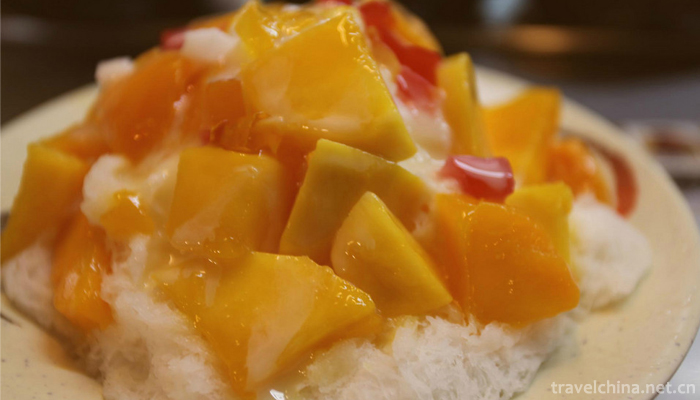

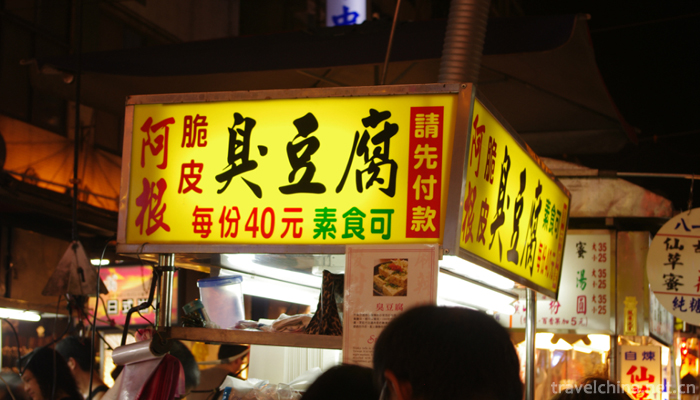
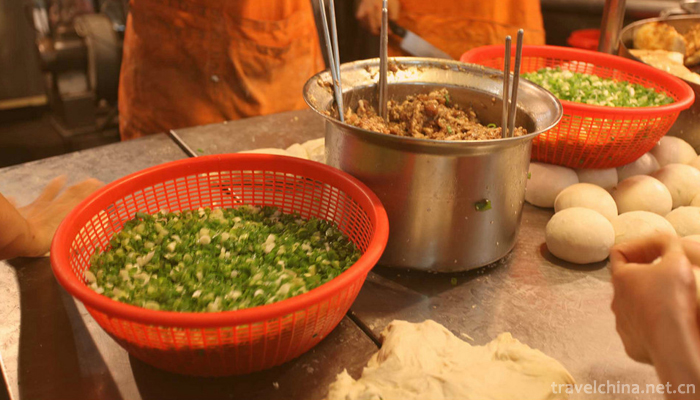

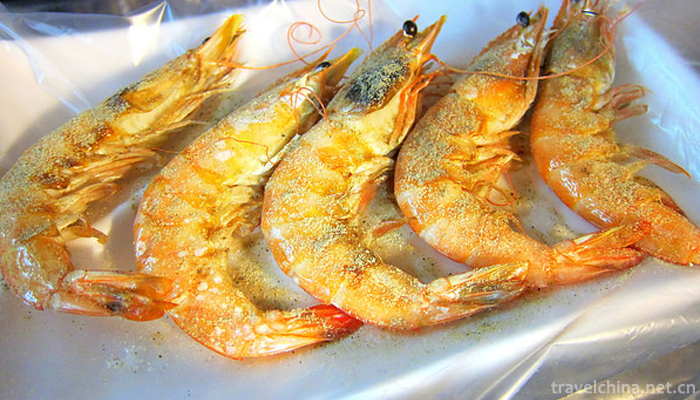
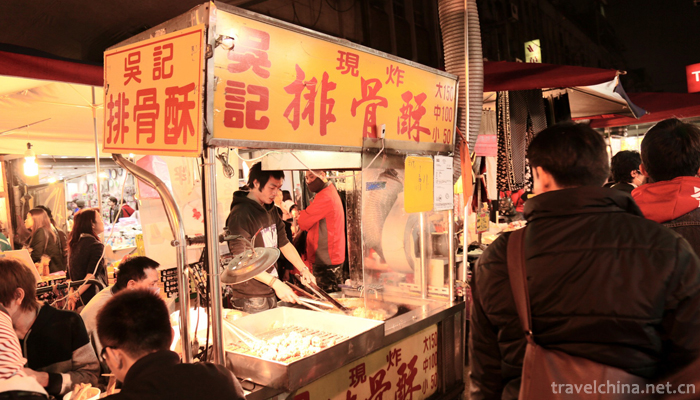
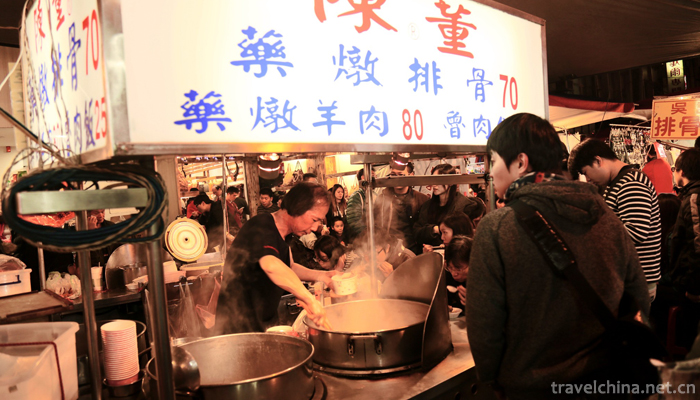
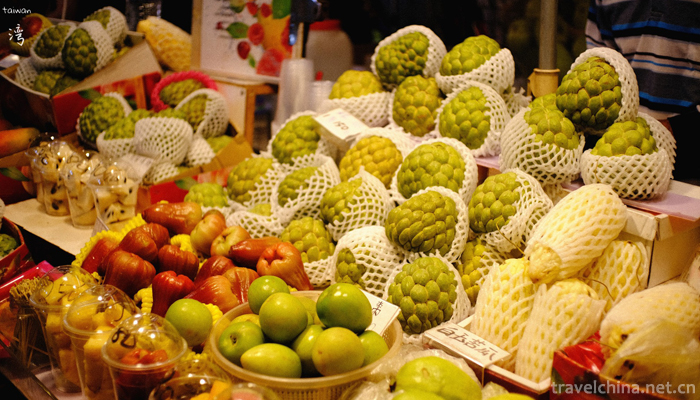
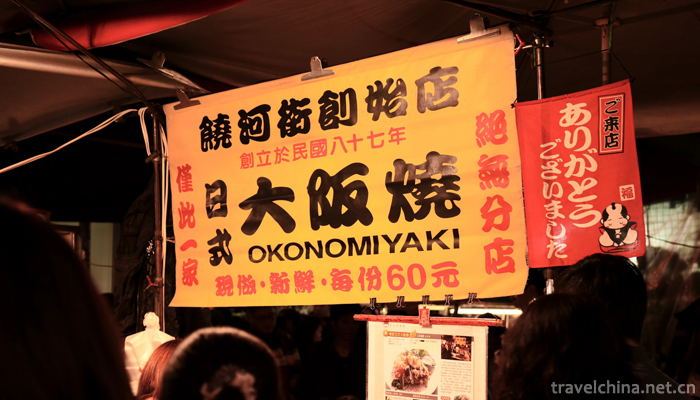
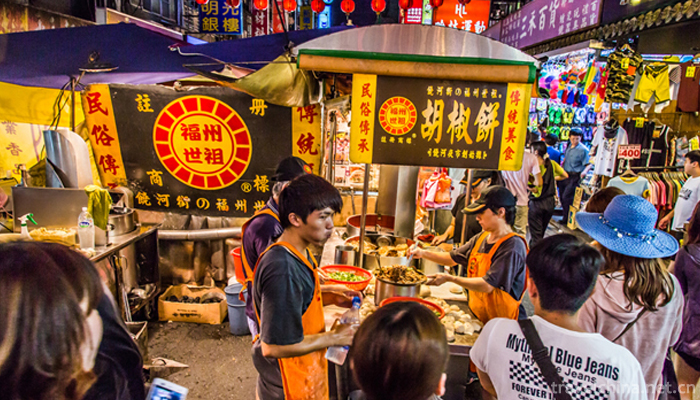
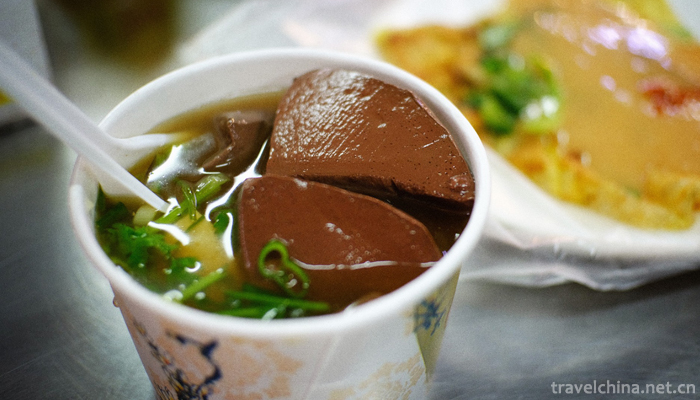
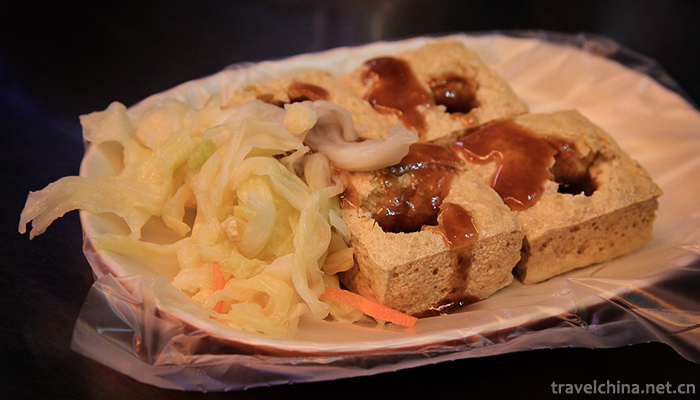
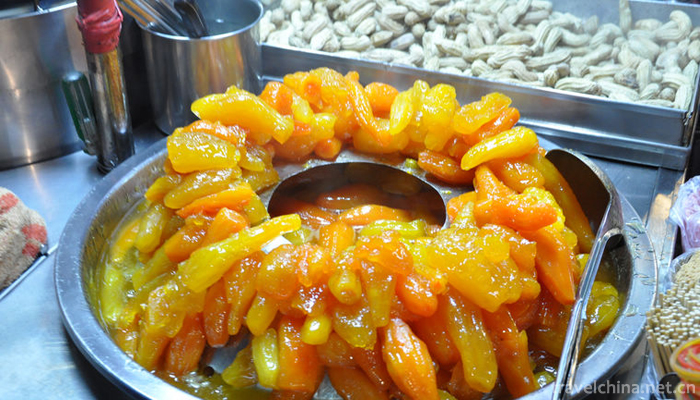
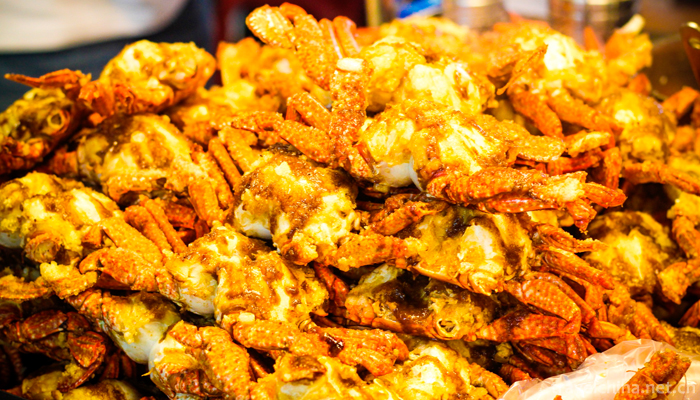
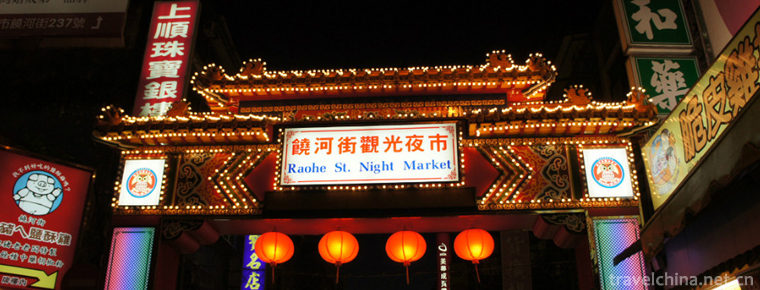
-
1.Red Liuji Scenic Area
The Red Liuji Scenic Area is located in Liuji Village, Dawang Town. In 1976, the old site of Liuji Branch of the Communist Party of China was declared as a key cultural relic protection unit at the co
Time 2019-01-16 -
2.Devil City
The Devil City is also known as the Wind City of Urho. Wuerhe Mining Area in the lower reaches of Jiamu River, located in the northwest margin of Junggar Basin
Time 2019-02-07 -
3.Xixi Wetland Tourist Area
Xixi National Wetland Park is located in the west of Hangzhou City, Zhejiang Province. It is only 6 kilometers away from Wulin Gate, the main city of Hangzhou, and 5 kilometers away from West Lake.
Time 2019-02-25 -
4.Han music in Guangdong
Guangdong Han music is an ancient music of the Central Plains brought about by Hakka ancestors when they moved southward more than 1,000 years ago.
Time 2019-05-01 -
5.Sacrifice forest
Sacrifice to the gods of villages, as well as "Amaron" and "Pumatu" and other names, is a traditional festival of the Hani people, which takes villages as units and integrates reli
Time 2019-05-05 -
6.Gold and Silver Fine Craft
Gold and silver fine craftsmanship, Huangpu District of Shanghai, Nanjing City of Jiangsu, Jiangdu traditional handicraft, one of the national intangible cultural heritage.
Time 2019-05-07 -
7.Laoshan Folk Stories
Laoshan folk tales, commonly known as Lagua, are oral literature created by the local people of Laoshan Mountain in Shandong Province for thousands of years. There were few written records before libe
Time 2019-05-11 -
8.Luoyang Peony Festival
The Chinese Luoyang Peony Culture Festival, formerly known as the Luoyang Peony Flower Festival, has been selected into the national intangible cultural heritage list since 1983. In November 2010, it
Time 2019-05-15 -
9.Miao Drum and Tibetan Festival
Guzang Festival, also known as the Drum Festival, is a ceremony for the Miao tribe to sacrifice the gods of their ancestors, commonly known as "eating drums and hiding". Guzang Festival exis
Time 2019-06-05 -
10.Nu Fairy Festival
Fairy Festival is a traditional folk festival of Nu people in Gongshan area of Yunnan Province. The local flower festival, also known as the Flower Festival, is held on March 15 of the lunar calendar
Time 2019-06-08 -
11.Womens clothing in Yongzhishui Townshi Suzhou
The women's clothing in Yongzhishui Township, Suzhou, is an outstanding representative of the Han nationality's clothing. It is a typical and representative clothing of the working people in Wu area.
Time 2019-06-17 -
12.Deyang cultural undertakings
As of the end of 2018, Deyang City has 7 public libraries with a total collection of 1189.8 thousand books (pieces). The city has 7 cultural centers, 127 cultural stations, 10 museums, 48 art performing groups, and 27 theaters and cinemas. By the end of the year,
Time 2020-12-14